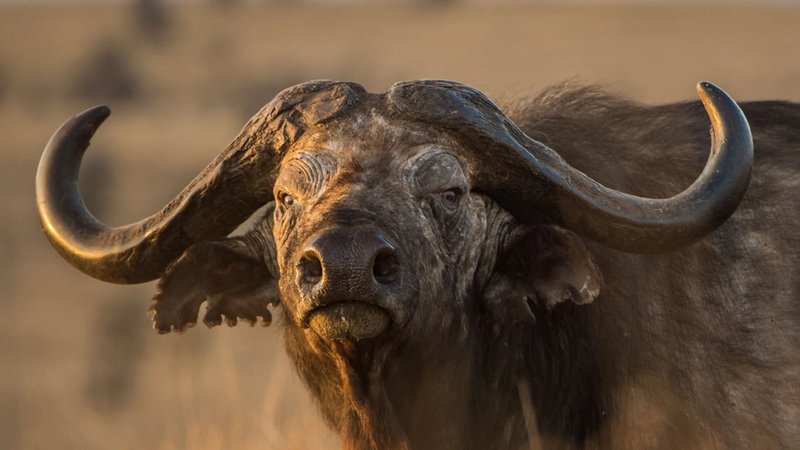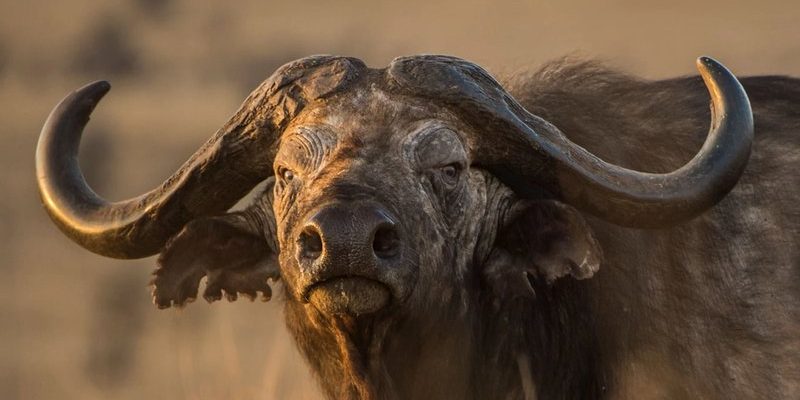
Many folks think they know all about these beasts from documentaries or stories. However, these narratives often contain layers of misunderstanding. Like that friend who swears they can cook without a recipe, but then ends up with burnt toast! So, let’s dive into some of the most common myths and misconceptions around the African buffalo, bust some myths, and uncover the truth behind these incredible animals.
Myth 1: African Buffalo Are Aggressive by Nature
You might think of the African buffalo as a relentless beast, always ready to charge. While it’s true that they can be dangerous, especially when threatened, this doesn’t mean they’re inherently aggressive. Like any wild animal, their behavior often depends on the situation.
African buffalo are social animals, typically found in herds that can range from a few to hundreds. They have a strong sense of community and often rely on one another to fend off predators. This loyalty can sometimes be misinterpreted as aggression. It’s not unusual for buffalo to stand their ground against lions or crocodiles, but this is a defense mechanism rather than sheer aggression. If you think about it, wouldn’t you protect your family too?
Understanding Their Behavior
When buffalo perceive a threat, they may charge. However, this is often a *reactive behavior* rather than a sign of being naturally hostile. Their herd dynamics play a crucial role here. Younger buffalo may act bravely to protect older members, and the herd will band together against predators. So, while they can be fierce when needed, it’s more about survival than some innate aggressiveness.
Myth 2: Buffalo Are Slow and Clumsy
Another common misconception is that buffalo move slowly and clumsily across the plains. In truth, these animals are surprisingly agile for their size! A healthy African buffalo can run at speeds up to 40 miles per hour. To put that in perspective, a human sprinting at full speed would have to really push to hit even half that!
Picture a heavyset friend who can still outrun you during a spontaneous game of tag. It’s all about how they use their strength and stamina. Buffalo may appear bulky, but they are built for survival. Their powerful bodies allow them to maneuver quickly, especially when trying to escape a predator or protect their young.
Adaptations for Speed
Buffalo have strong muscles that can propel them forward quickly. They also have excellent eyesight and hearing, helping them detect threats before they become immediate dangers. So, if you ever find yourself in the wild, don’t underestimate how fast these creatures can be.
Myth 3: African Buffalo Are Solitary Creatures
You may have heard that African buffalo prefer solitude, roaming the savannah alone. This couldn’t be further from the truth. They’re naturally social animals, often forming large groups or herds.
Being part of a herd provides them with protection and support. Much like a tight-knit community, buffalo rely on one another for safety against predators and for social interaction. Herds can consist of dozens or even hundreds of buffalo, and within these groups, they develop strong bonds.
The Importance of Social Structure
Within the herd, you’ll find a hierarchy, much like a family structure. Older, more experienced buffalo often take on leadership roles, guiding the herd to grazing areas and watering holes. Younger members learn from the older ones, ensuring that knowledge passes down. This group dynamic is crucial for their survival and well-being.
Myth 4: All African Buffalo Are the Same
When you think of African buffalo, you might picture just one type. However, there are actually two main subspecies: the Cape buffalo and the forest buffalo. Each has its own characteristics and behaviors.
Cape buffalo are the more recognizable ones, often seen in open savannahs and grasslands. They have larger, curved horns that can span nearly 4 feet across. On the other hand, forest buffalo are smaller, with shorter, straighter horns and a reddish-brown coat, suited for life in the dense forests of Central Africa.
Adapting to Environments
The difference in habitat between these two subspecies shapes their behavior and survival strategies. Cape buffalo often live in larger herds to fend off predators in open spaces, while forest buffalo tend to be more solitary or live in smaller groups, avoiding larger threats. It’s a great reminder that not all animals of the same species behave alike; adaptation is key to their success.
Myth 5: Buffalo Are Not Important to Ecosystems
You might wonder why these animals matter in the grand scheme of things. Contrary to popular belief, African buffalo play a crucial role in their ecosystems. Their grazing habits help maintain the grasslands by preventing overgrowth and promoting biodiversity.
By feeding on grass, buffalo also help disperse seeds through their droppings, facilitating plant growth in different areas. Think of them as natural gardeners, nurturing the land as they move from one grazing site to another. Their presence is vital for maintaining the balance of their habitats.
Buffalo and Other Wildlife
Buffalo don’t just impact the plants around them; they also influence the behaviors of other wildlife. For instance, their presence attracts predators like lions and hyenas, which helps keep those populations in check. In a way, they are the linchpins of the ecosystem, ensuring that the cycle of life continues harmoniously.
Wrapping Up the Myths
Unraveling these misconceptions about the African buffalo can help paint a fuller picture of these amazing creatures. They are not mindless brutes, but rather *social*, *agile*, and *invaluable* participants in their ecosystems. Each myth we’ve explored reveals just how complex and interesting these animals truly are.
Next time you see an African buffalo, remember the truth: they are remarkable animals with much to offer. So let’s appreciate their role, not just as robust grazers but as key players in the survival of their habitats. Understanding these truths is like getting to know an old friend—you realize there’s so much more to them than you first thought!

